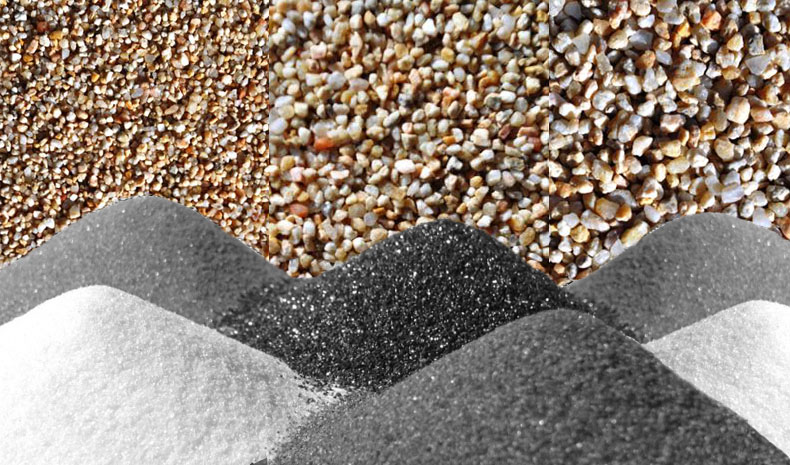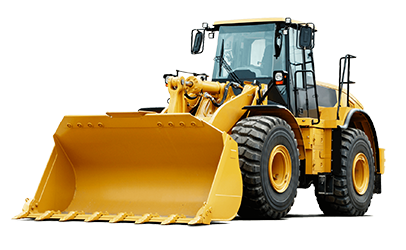- Working Hours: 7.30 AM - 10.30 PM
- Phone: +90 532 446 5207
- E-Mail: info@kuvarskumu.com
Sand Blasting

Sand Blasting
Abrasive blasting, more commonly known as blasting, is the process of forcibly pushing a stream of abrasive material onto a surface under high pressure to smooth a rough surface, roughen a smooth surface, shape a surface, or remove surface contaminants. A pressurized fluid, typically compressed air, or a centrifugal wheel is used to propel the blast material (often called the medium).
What is Blasting Sand?
Sandblasting is also known as abrasive blasting, a general term for smoothing, shaping, and cleaning a hard surface by forcing solid particles across that surface at high velocities;
“Specially manufactured abrasive materials known as grit are used while sandblasting. Sandblasting removes the microparticles on the surface and reveals the essence of stainless steel and metal. ”
How to Sandblast?
Sandblast equipment typically consists of a chamber where sand and air are mixed. The mixture passes through a hand-held nozzle to direct the particles towards the surface or workpiece. Nozzles come in a variety of shapes, sizes, and materials. Boron carbide is a popular material for nozzles because it resists abrasive wear well.
Which Materials Are Used in Sandblasting?
Metal, glass or mineral-based abrasive materials can be used in sandblasting machines. The material selected may differ depending on the sandblasting machine and the material of the area to be sanded. As sandblasting consumables; Abrasives such as stainless steel ball, glass bead, aluminum oxide ball, steel grid, basalt silica, quartz can be used. Especially silica sand is used together with the sandblasting technique to be done at very light intensity. Using silica sand will ensure that the surface does not deteriorate. Grid, on the other hand, is the type of sand with the highest sandblasting power. Grid, also known as iron residue, is used especially on large surfaces.

